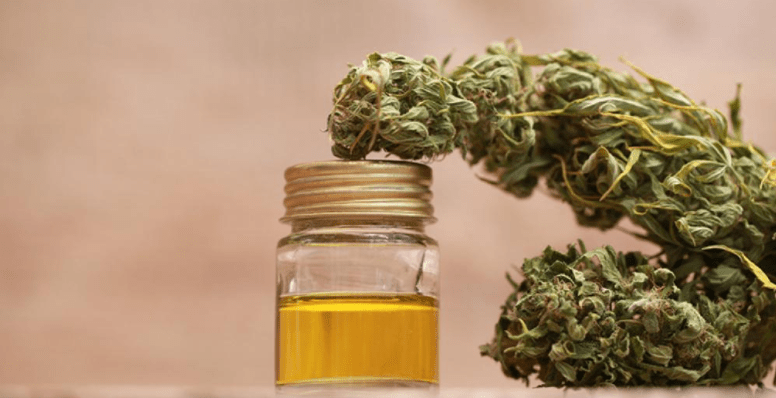Cannabis Culture
2018 Food Trends: Cannabidiol
There’s been a lot of talk of marijuana being added to food in the growing number of states where pot is legal not just for medical use, but for recreational use as well.
In general, marijuana and products infused with it can only be sold by licensed dispensaries, meaning restaurants and bars can’t use it as an ingredient in goods sold or given away. It’s unclear whether hemp products would fall under different regulations.
But restrictions will likely relax. Right across our border; Denver residents have already voted in favor of allowing restaurants to be licensed to allow customers to use pot on-premise, subject to local community approval and other restrictions — although they still can’t sell it, and smoking indoors remains illegal.
I suspect that early uses of marijuana in restaurant food and drink will not be with the euphoria-inducing and brain-clouding chemical Tetrahydrocannabinol, or THC, but with Cannabidiol, or CBD. While it doesn’t produce a high, studies have indicated that CBD can reduce anxiety and paranoia; boost energy; and relieve pain, inflammation, insomnia and other ailments, including epilepsy.
On a federal level, CBD, like all Cannabis and its derivatives are Schedule II controlled substances. But its non-narcotic effects may pave the way for a faster track to further deregulation.










This is truly useful, thanks.